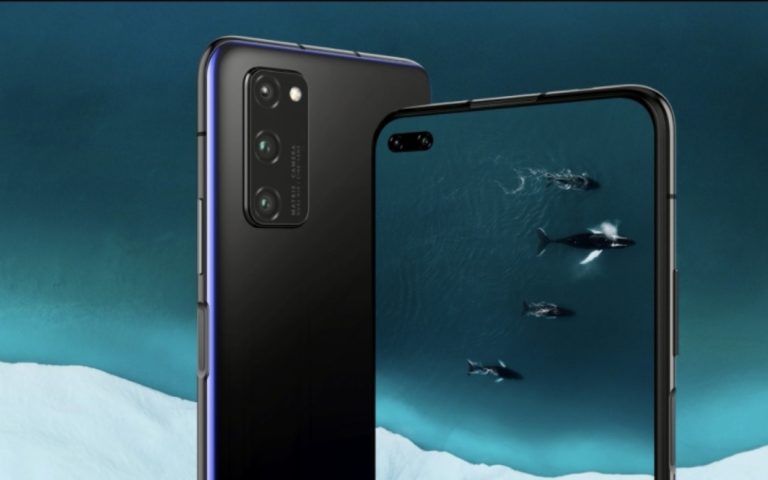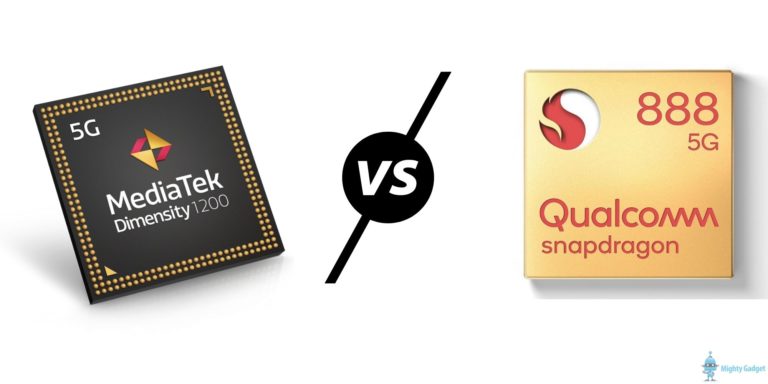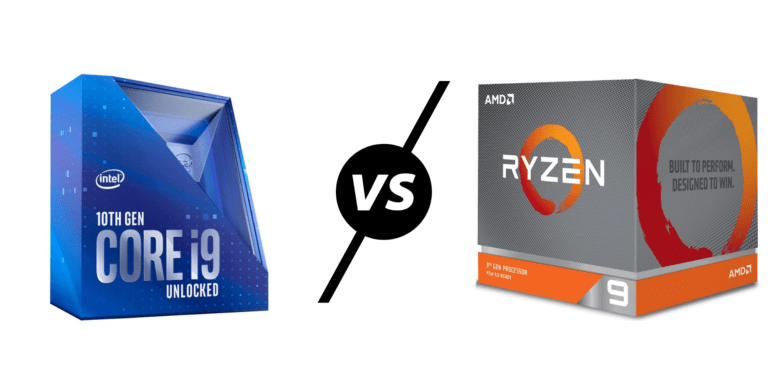Any links to online stores should be assumed to be affiliates. The company or PR agency provides all or most review samples. They have no control over my content, and I provide my honest opinion.
If you’re looking for photo marketing that’s truly moving, then read on.
The use of pictures in advertising can be an effective tool, and video is also proven to increase viewer engagement. What if you combine elements of both to create photo animation?
Here’s how to make moving pictures, and why it’s an ideal form of advertising…
Cinemagraphs
This technique involves taking a video clip and then using software to mask the elements you want to move (while making the other parts static.)
The key to this one is to create a smooth loop. That’s when a tripod could come in handy. For the animation, look for something in the clip that will look cool when it’s moving – like a flowing dress or a spinning umbrella, for example.
GIFs
These moving clips are very popular for both advertising and social media memes. While some people call them “GIFS” and others insist on “JIFS”, one thing’s for sure – they’re just animated pictures.
GIFs are a good option because they generally don’t generate large files, although they don’t contain sound either. They are essentially a series of photos that are played like a “flipbook”. So it isn’t a video clip, it’s a series of photos shown in sequence to create a video look.
Photoshop Timeline
For photographers that are accustomed to using Photoshop for processing stills, you’ll also be happy to know you can import video as layers in your timeline.
While you can fine-tune each layer to get the look you want, you can also import stills into your timeline to create an “animated” effect. Even if you’re not a pro at Photoshop, there’s a photo animation maker that can help you achieve a similar outcome.
Plotagraph
This one creates animation from a single still photo. You put “anchor points” where you want the image to move, and in what direction. The program does the rest.
To the eye, the finished product looks like a video clip, but it’s a single image that’s been manipulated. Luckily, there are some apps out there to let you achieve this effect more easily.
Why Use Photo Animation in Marketing?
The amount of content online these days is staggering, especially for photos. In fact, there are more than 1.8 billion photos being added on social media per day – and that statistic was from 5 years ago, so the number is likely larger now.
With that in mind, viewers have a very short window to decide whether to engage your content or skip to the next sparkly thing. Adding cool animated photo effects can help you reap some of the increased engagement that comes with a video, without having to go through all of the video production steps.
That means even if you don’t have any experience producing videos, there’s a relatively short learning curve (and software) to make winning photo animation.
Make Your Marketing More Moving
If you’re trying to reach a larger audience, then adding photo animation is not a bad idea. Whether it’s a GIF or a Plotagraph, you can give viewers a reason to stop and stare for a long moment.
Did you find this content interesting? If so, be sure to come back for more on cool technology.
I am James, a UK-based tech enthusiast and the Editor and Owner of Mighty Gadget, which I’ve proudly run since 2007. Passionate about all things technology, my expertise spans from computers and networking to mobile, wearables, and smart home devices.
As a fitness fanatic who loves running and cycling, I also have a keen interest in fitness-related technology, and I take every opportunity to cover this niche on my blog. My diverse interests allow me to bring a unique perspective to tech blogging, merging lifestyle, fitness, and the latest tech trends.
In my academic pursuits, I earned a BSc in Information Systems Design from UCLAN, before advancing my learning with a Master’s Degree in Computing. This advanced study also included Cisco CCNA accreditation, further demonstrating my commitment to understanding and staying ahead of the technology curve.
I’m proud to share that Vuelio has consistently ranked Mighty Gadget as one of the top technology blogs in the UK. With my dedication to technology and drive to share my insights, I aim to continue providing my readers with engaging and informative content.







